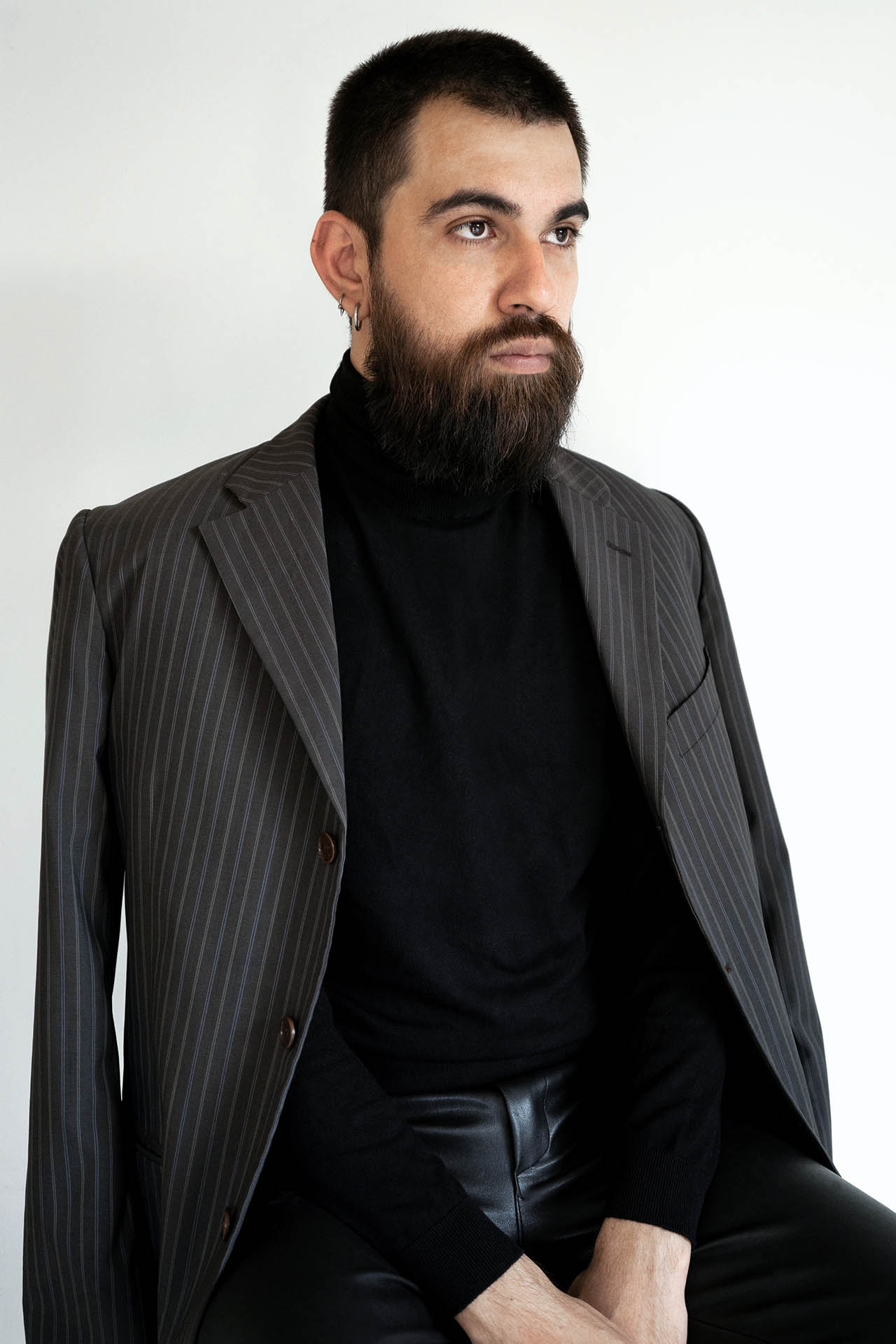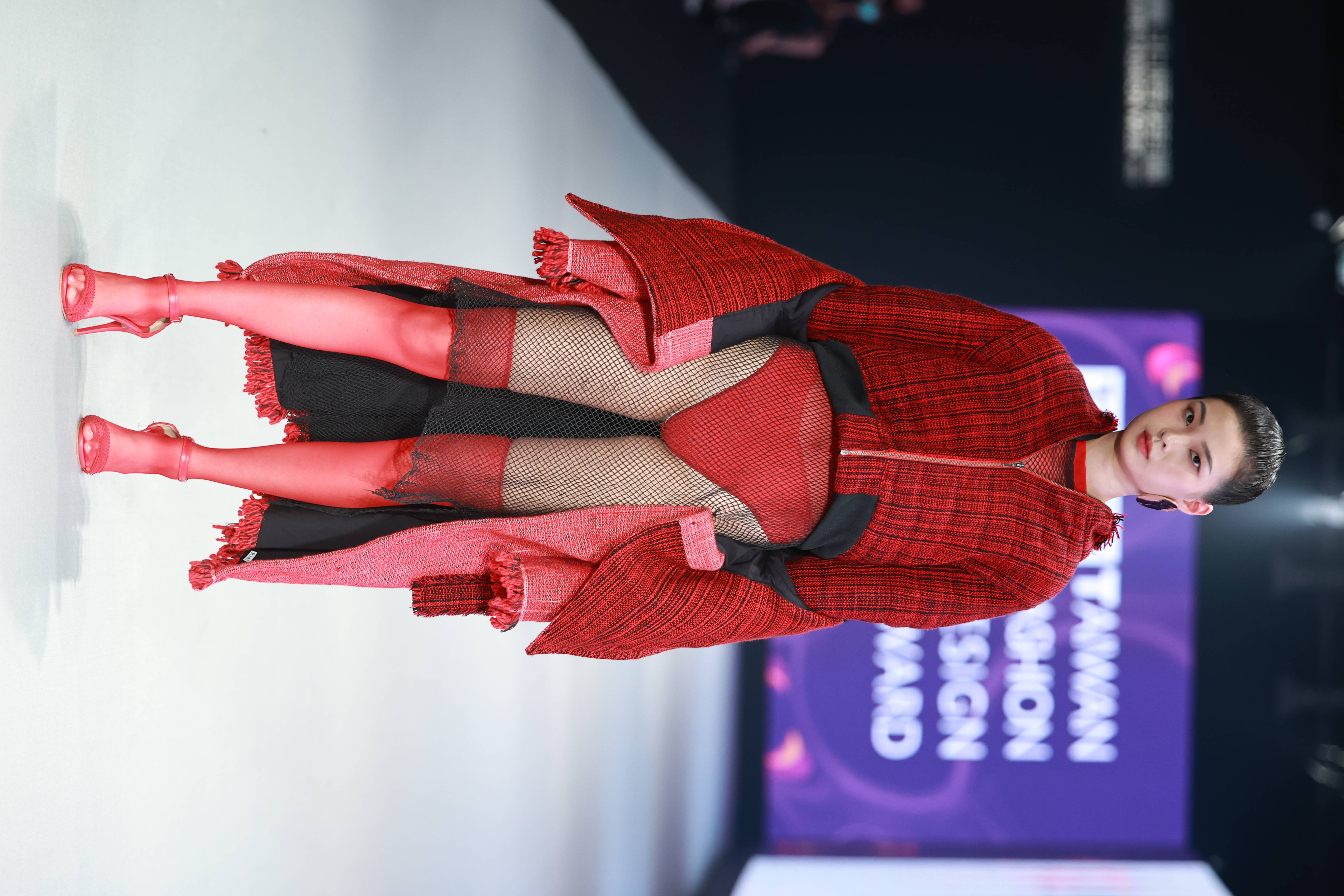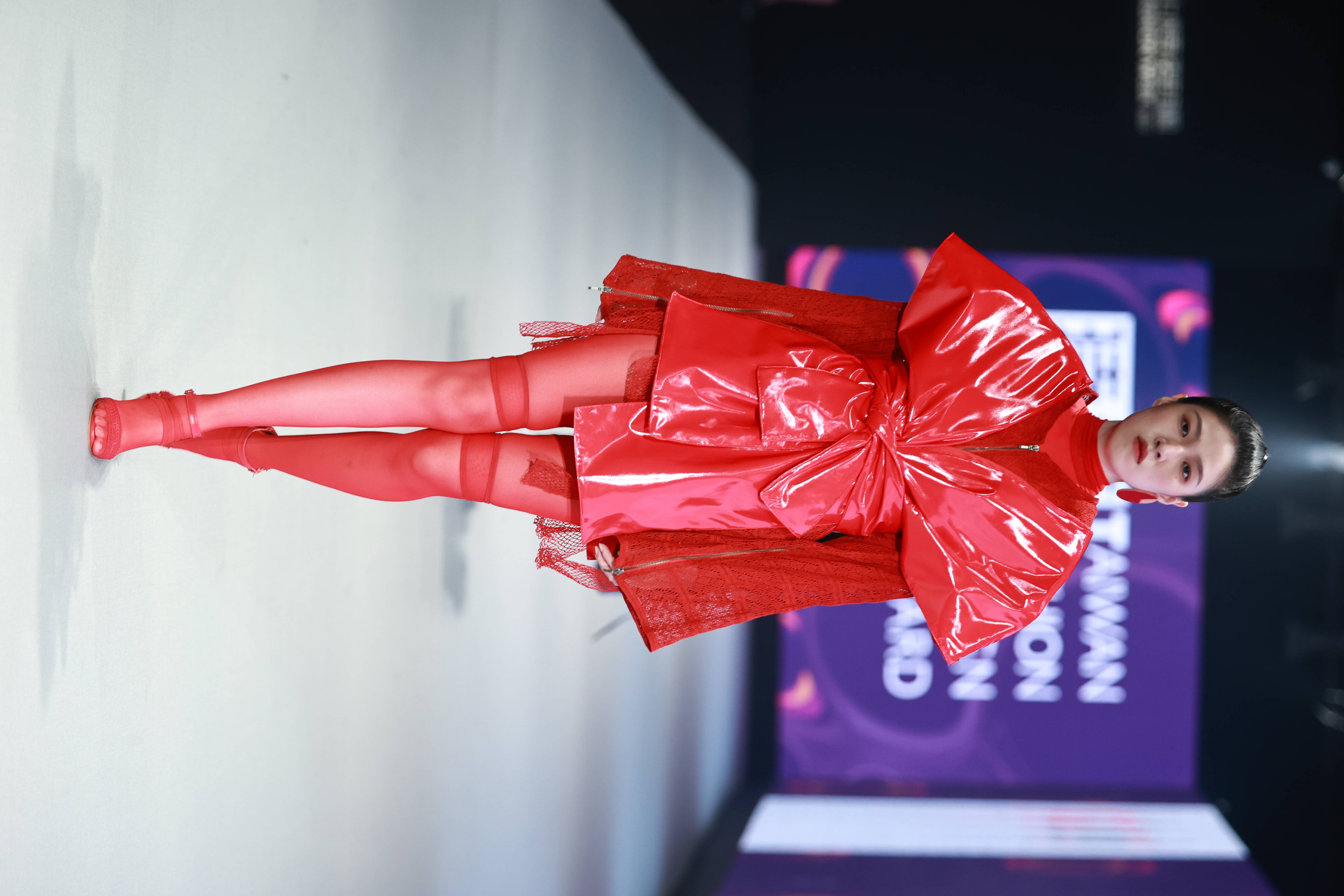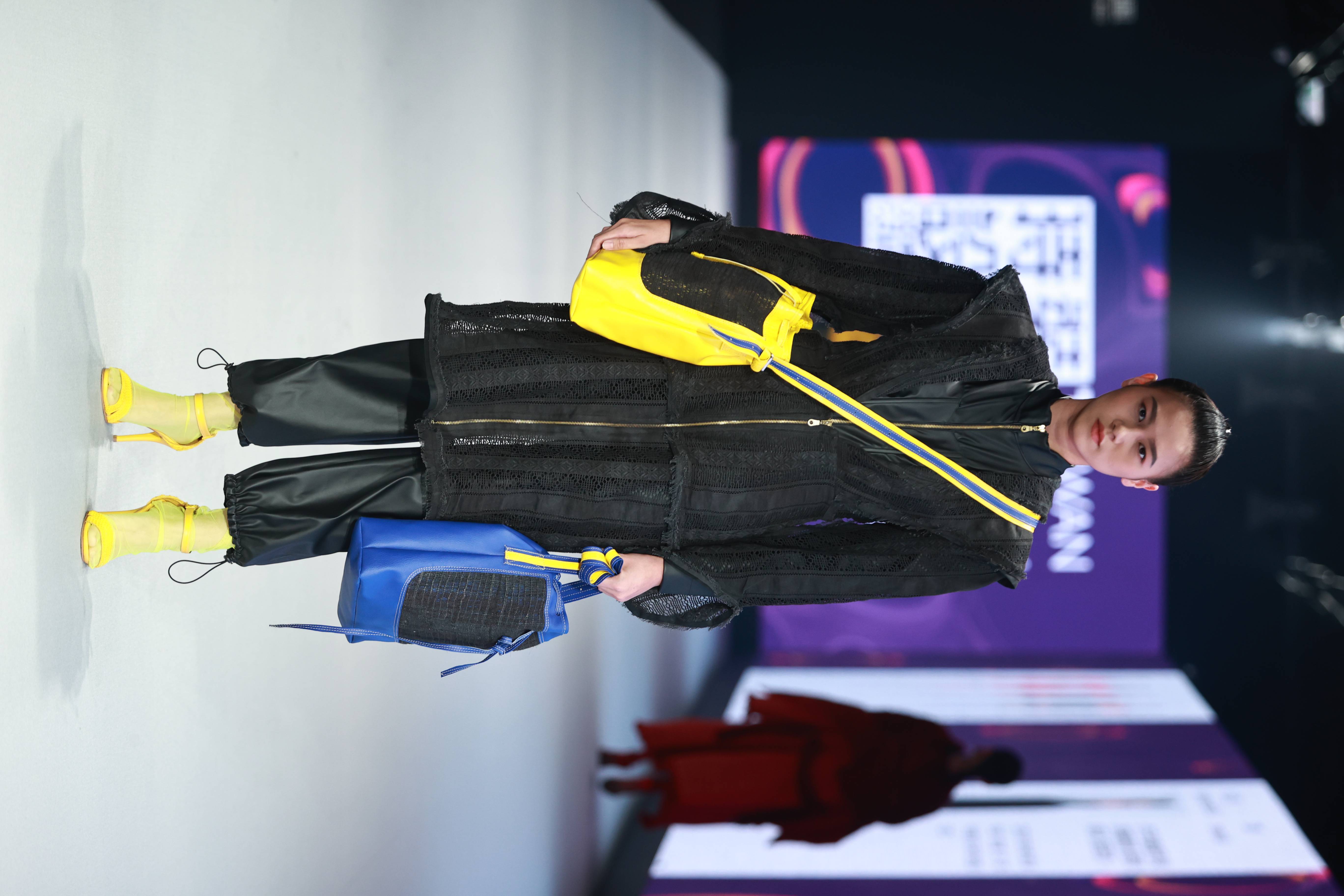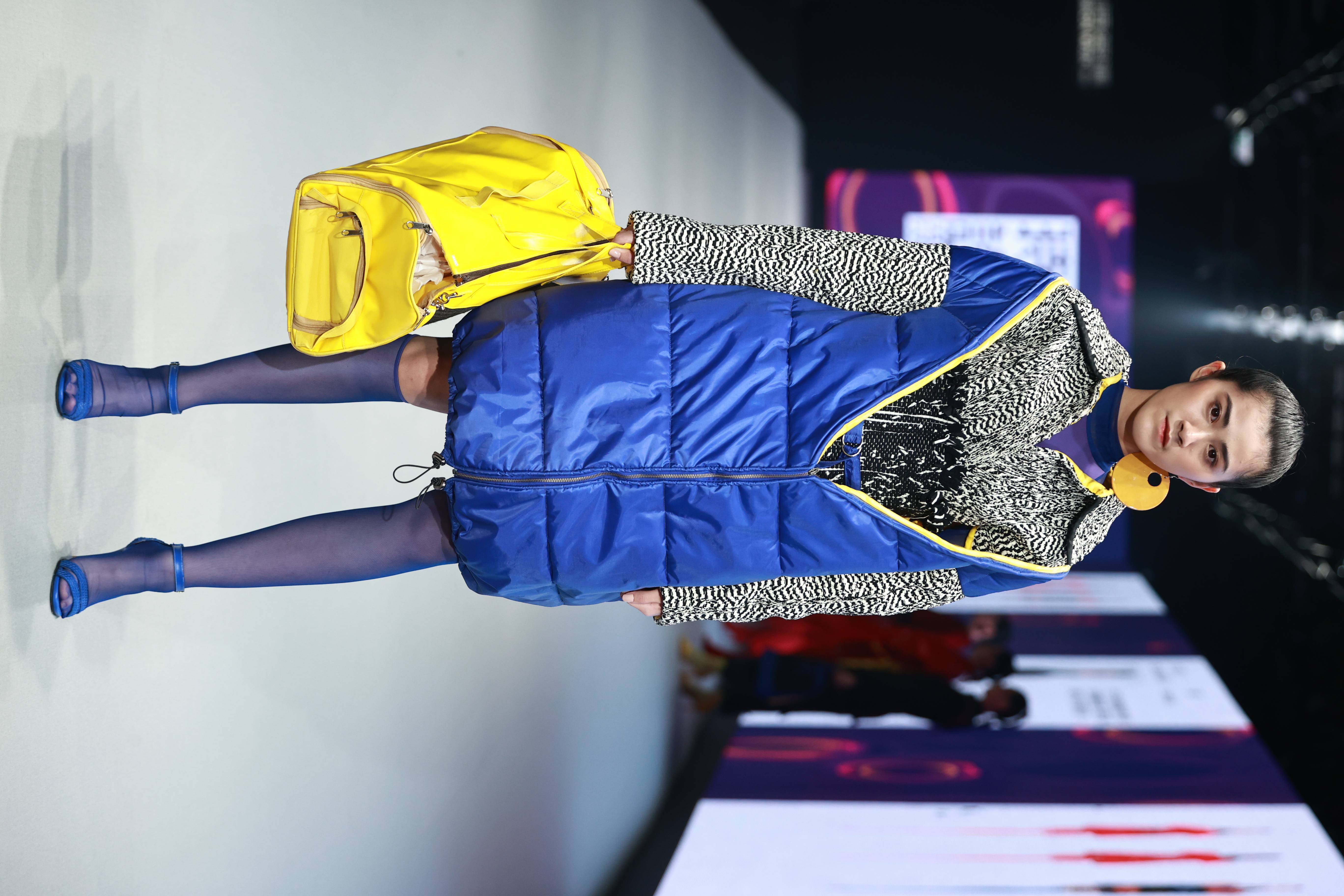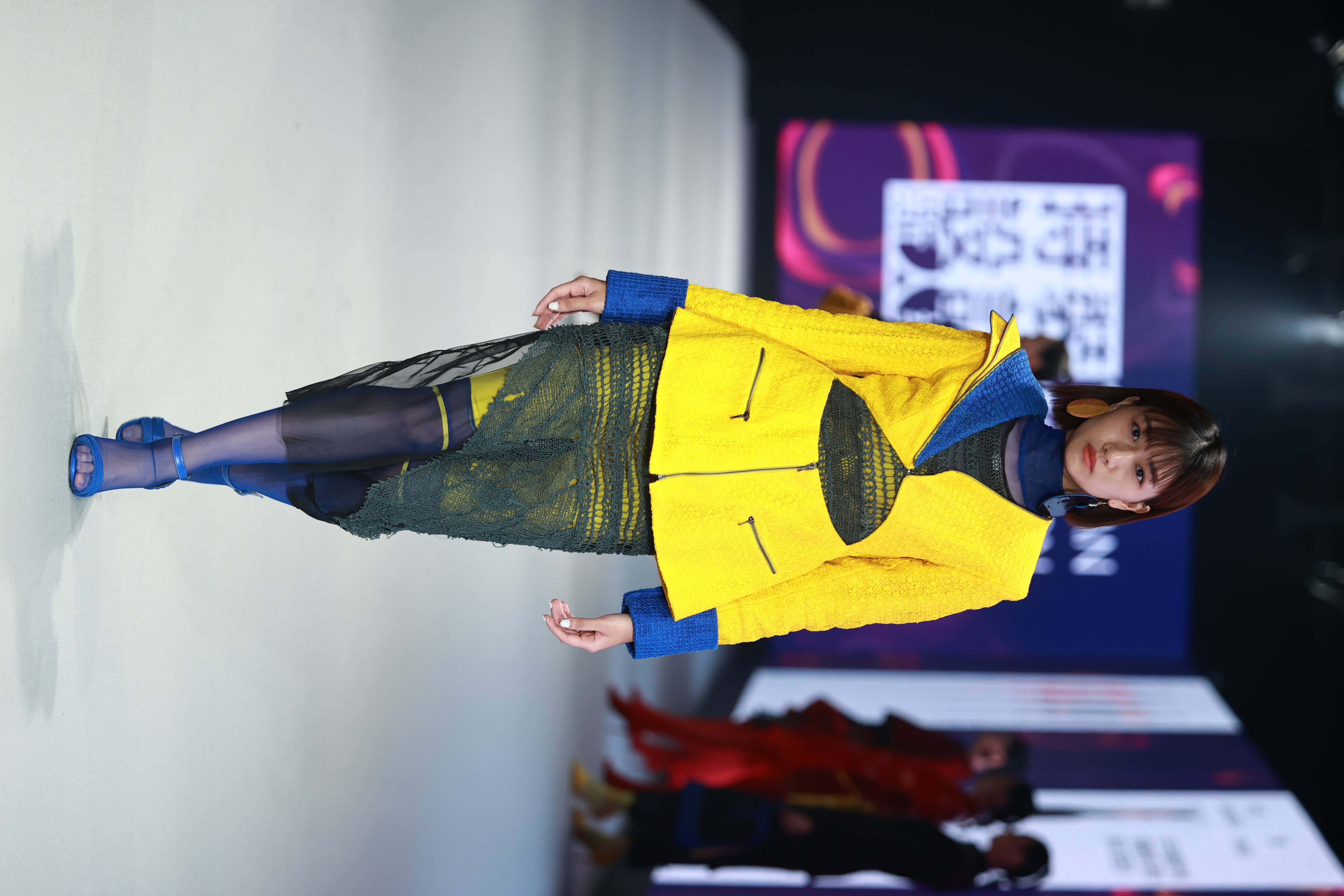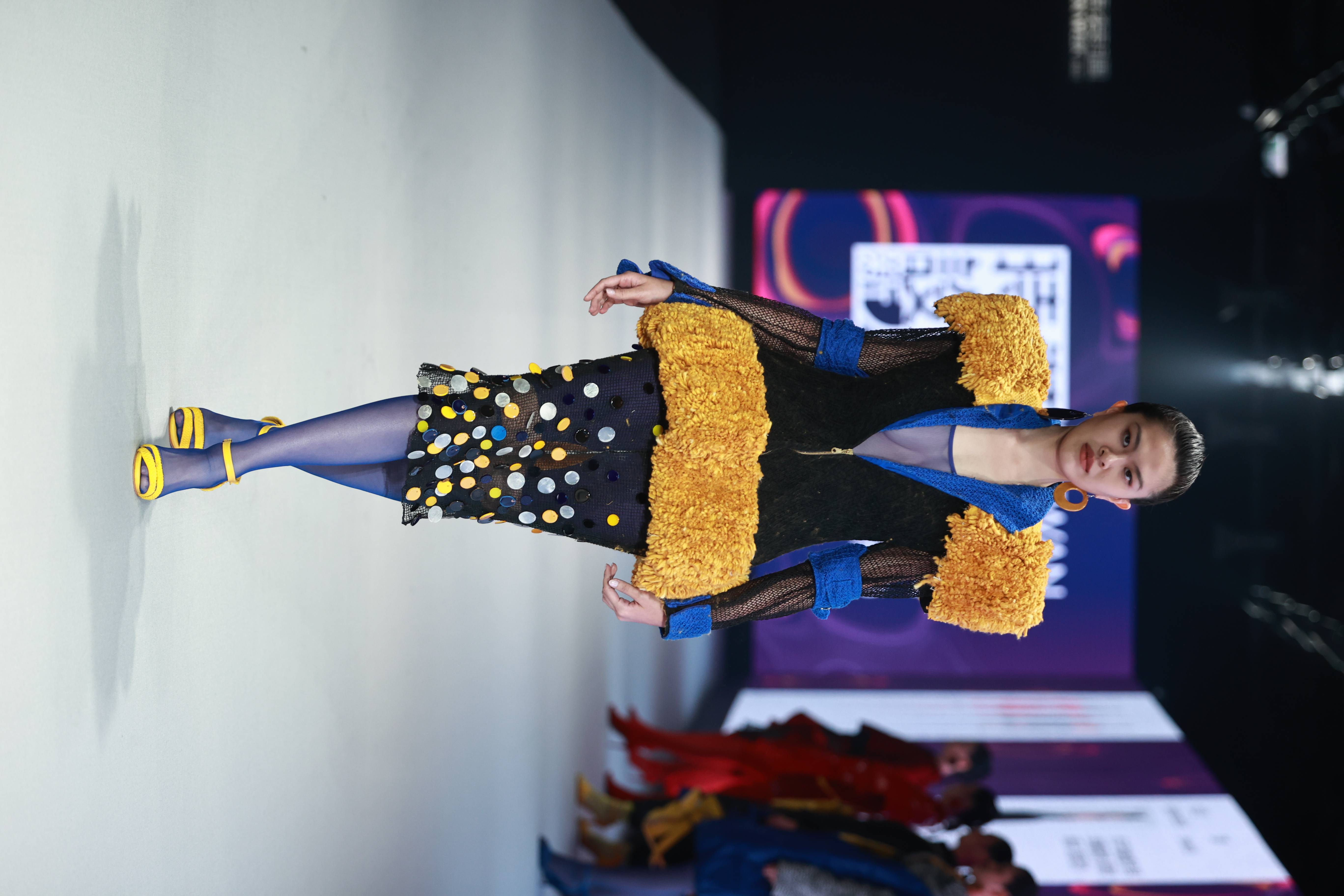SUSTAINABILITY and FUNCTION
I utilize fabrics made by hand by craftswomen from my home country which is Paraguay, using organic cotton which they themselves grow and make their threads, for example the ao po’i, made on a rustic loom, the karaguata fabrics that the indigenous people make from the fiber of a bromeliad originating in the Paraguayan Chaco in a totally manual. Ñandutí is made of cotton thread and silk, woven manually as a lace with needles on fabrics. The making of this fabric is worked on molds which do not generate residues, and the encaje ju lace that is like a net made of cotton threads. I also use the poyvi where waste from industrial fabrics or organic cotton manually crafted on rustic loom is used. By doing this work with different artisans of Paraguay different work sources are generated and the richness of Paraguay´s textile art is perpetuated, which could represent the future of fashion due the positive impact on the environment and its sustainable creation and respect for nature. These ancient Paraguayan techniques give it a totally sustainable look because almost everything is extracted from nature and handmade which implies a positive impact on the environment because there are no residues resulting from the making or development. I also take advantage of the use of textile waste to make other fabrics, and since natural fibers are biodegradable in the soil, 80% of each set is biodegradable. The implementation of sports fabrics and handmade fabrics shows us the different edges and two different times that combine with each other. Worth mentioning is that these traditional fabrics are used mostly in table clothes or hammocks, and this idea presents these same fabrics combined with contemporary ones as part of wearable fashion, linking the past and the future in clothing. The garments serve to protect against the cold, as well as work separately, as for sports. Wear in your day to day even on a red carpet to be multifunctional. The touch with the cotton with the skin feels much better.
